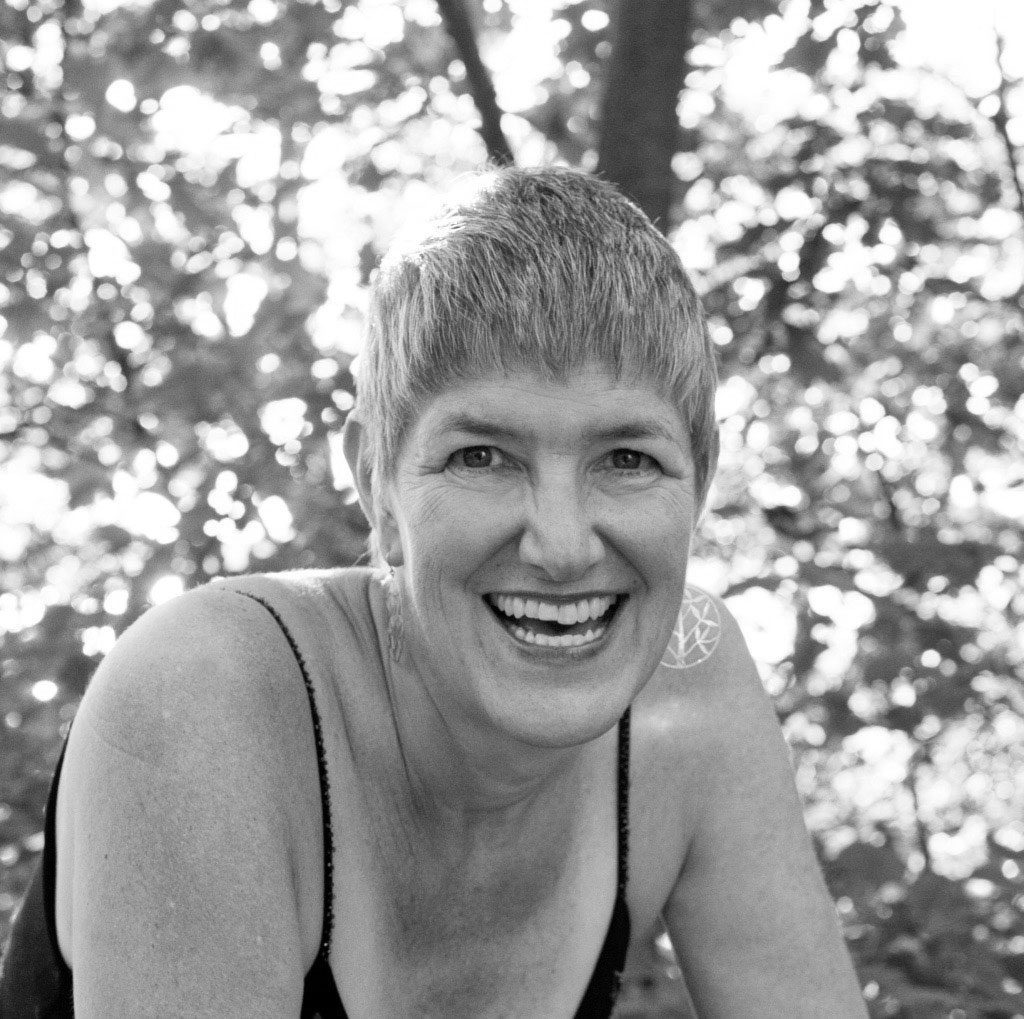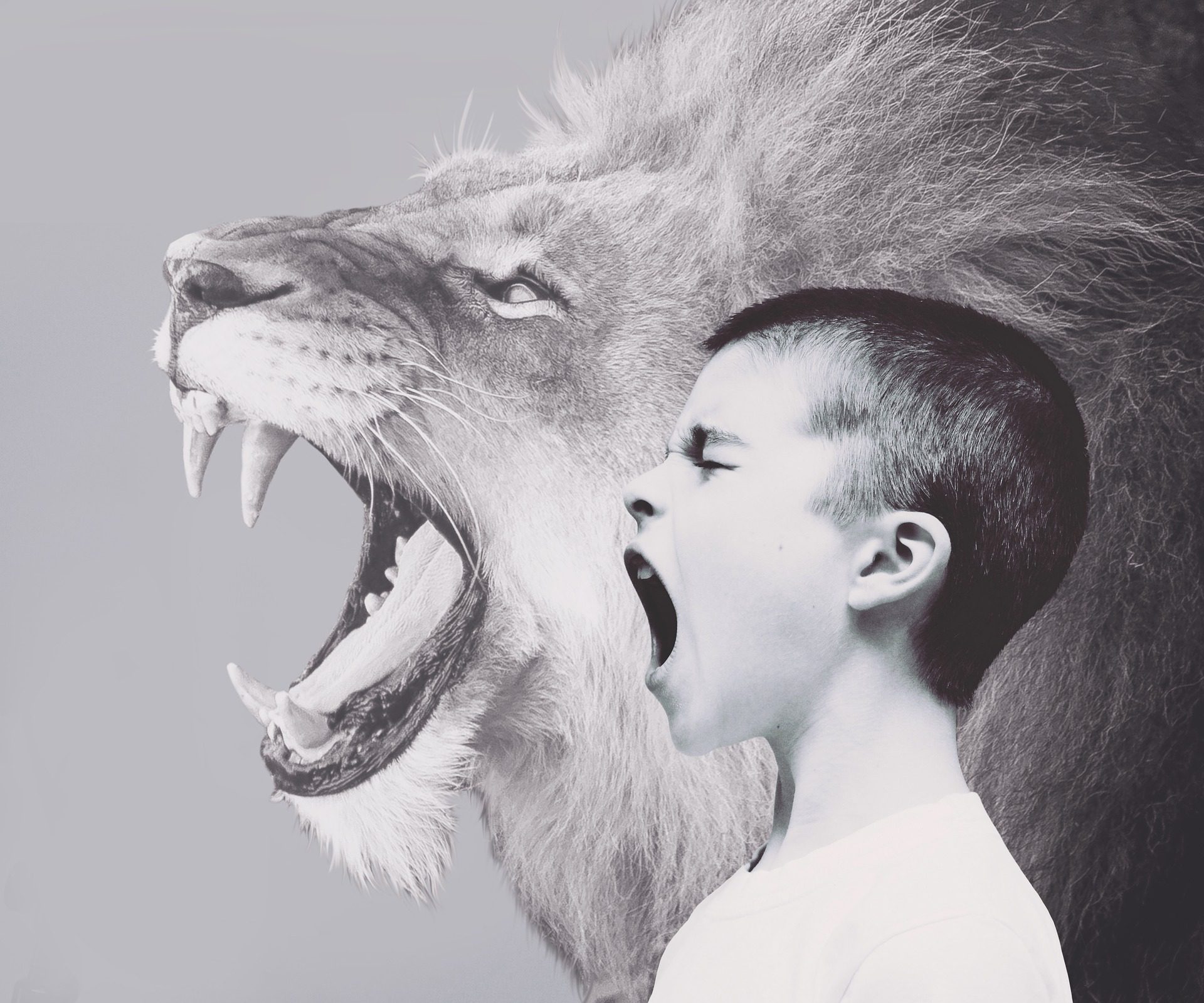

What is your response when you hear your voice on a recording?
If you are like most people, you have a visceral horror at the sound.
As a voice coach, I listen to people complain about their voices every day.
I hear them describe in great detail about how they dislike the volume, tone, pitch, or other qualities in their voices. Their response to hearing a recording of themselves, however, prompts a visceral horror in most people.
The reason we sound so different on a recording is because what we hear in our heads is conducted by bone and what others hear is conducted by air.
We identify with our voices.
We assume they reflect our carefully constructed persona.
When they don’t, we are often left feeling vulnerable, embarrassed, and disoriented.
Our voices are the primary bridge between our internal landscape and the outside world.
Long before we learn to speak, we send signals out to the world through our voices. The response that we receive begins forming our fundamental assumptions about who we are and how the world around us works.
This “echolocation” continues throughout our lives. Over time our identities become fixed. We get attached to the story we construct. Our voices directly mirror that story and it is always much smaller than the truth about us.
Here’s the good news. If we shift our voices into new territories outside of our current identity, we can begin to reclaim suppressed aspects of ourselves. Whatever shifts you make in your voice can’t help but impact the rest of your life. When you practice low, deep sounds, it calms your system and grounds you. When you practice exuberant shouts, it opens up more passion and visibility in your life. And so on…
Play is key to this process. Your current identity has one job to do and that is to keep you safe. Anything outside of that identity gets immediately squashed. When you vocalize using a character or archetype in a playful way, the identity is more likely to allow it. Through play you can begin to re-integrate aspects of yourself, especially shadowy ones.
One simple way to begin this process is to read children’s books or fairy tales aloud, taking on the voice of each character with dramatic flair. It doesn’t matter if nobody is listening. In fact, it may make the exercise easier.
As you read, notice what’s shifting in your body, imagination, and emotions. Which characters feel comfortable? Which ones seem like a stretch? Are there any that bother you? Get curious about how these preferences reflect on your identity.
Jung said, “The most terrifying thing is to accept oneself completely.”
Expanding your vocal possibilities may hold gifts in opening up more self-acceptance and aliveness in how you express yourself every day.
Join Master Voice Coach Barbara McAfee in an exciting series, where she will help you explore & unlock the full range of expression, power, pleasure and flexibility in your voice. Discover your own vocal strengths & challenges – how they might reflect the ways you’ve been shaped and how they might be influencing your life: enroll here!

Barbara McAfee
Master voice coach, Barbara McAfee, has spent decades supporting people from all walks of life to live more fully expressed lives. Her book, Full Voice: The Art and Practice of Vocal Presence (Berrett-Koehler Publishers), guides people to find their voice, whatever that means to them.
More Posts by Barbara McAfee